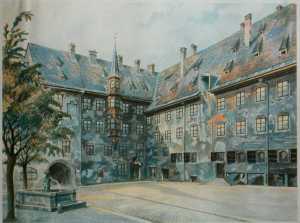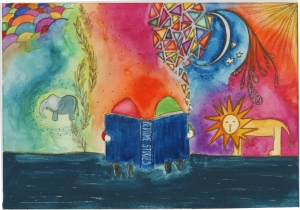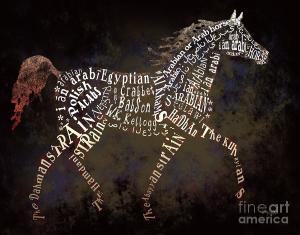As discussed in my previous post, we all tend to find more value in rare and unique things that are not available to the masses. An object or finding like this can often make us feel just as unique for possessing it or even just knowing about it. This can be transferred into anything, for example, music, film and photography.
Since the invention of photography, the final outcome of each image has been a very tangible object. Only recently has technology developed so much that this is no longer the case, with the invention of the digital camera and high-resolution screens. At one time, a family photograph was such a rare occurrence that it would be seen as an occasion when everyone would wear their best clothes.

These days it just takes one click and seconds, the image appears on the camera screen. This development in technology has proven extremely advantageous to many aspects of the modern world such as media and editorial work, but it seems that it may be taking value away from things that should really be looked after and cherished. Cameras are on so many devices now that it would seem silly for us not to take a photograph of something of interest. Yet in reality, the camera acts as a barrier between the situation and our curiosity. We tell ourselves that we’ll look at the image later, but we usually never do and instead of enjoying the moment and absorbing ourselves in what the camera observes, we distance ourselves from it and miss out on a lot of what is really going on around us.
Similarly to written books, physical photo albums are becoming less popular. We are now creating online photo albums on social media sites and publishing them for our ‘friends’ to see, but very rarely view the image on anything but a screen. As quickly as has been taken, an image can be deleted, without any wastage of film or memory. So many images are being taken now, that sometimes we even forget when or where the picture was taken. Doesn’t that defeat the purpose of it all? We have moved so far away from the original invention of photography that it may be more appropriate to describe it as ‘social media content’ instead. Photographs are of such little worth now, that they have become as disposable as any other mass-produced thing. Apps like ‘Snapchat’ for example, are designed to show an image for only a few seconds and then disappear again. The difference however, is that these shouldn’t be just like any other mass-produced thing. Every photograph that is taken by you has a personal link, whether it be of a person, place or occasion. If you took it, you will have been there.
It seems a shame that images like this can be shared so publicly, and often with people who don’t necessarily know you very well. Just as mass production allows for mass distribution, digital photography and social media sites also allow for mass distribution. Through the process of distribution of personal photographs, they lose some of their worth which can cheapen these memories. Would it not be best for us to return to the tangible image for personal events and memories, leave the mass-produced image to the mass media, and therefore define the line between what is public and what is personal in order to keep all value of our memories.
(Ideas adapted from lectures by Donna Leishman and Chris Byrne)















